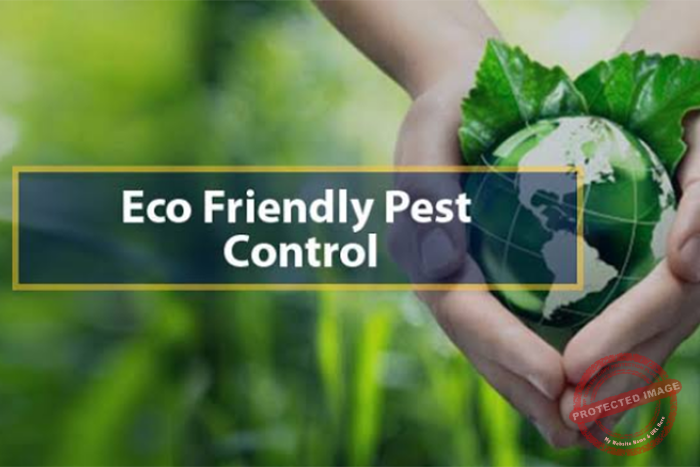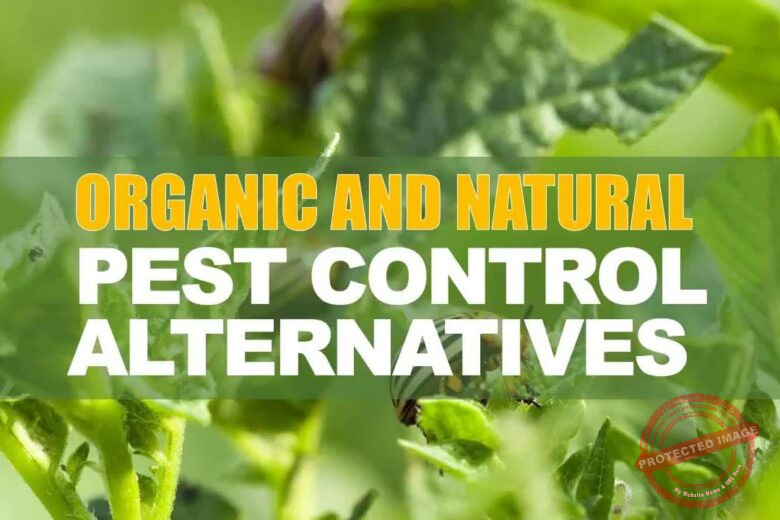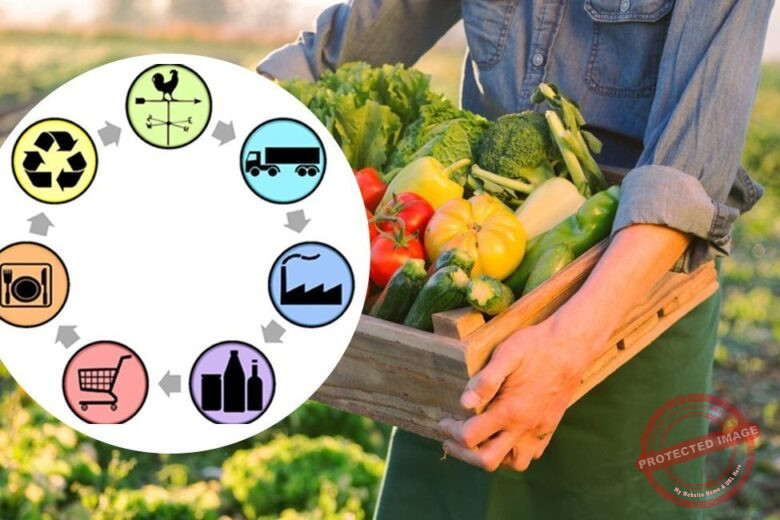Looking to enhance the growth and vitality of your potted plants? Learning how to apply fertilizer properly is key. By nourishing your plants with essential nutrients, you can promote healthy foliage, vibrant blooms, and overall plant well-being.
To apply fertilizer to potted plants, first choose a suitable fertilizer that matches the nutritional needs of your specific plants. Follow the instructions provided on the fertilizer package regarding dosage and frequency of application. Carefully apply the fertilizer to the soil around the base of the plants, avoiding direct contact with the foliage, and water the plants thoroughly afterwards to ensure proper nutrient absorption.
In this guide, you will discover practical tips on fertilizing your potted plants effectively. From selecting the right fertilizer to understanding the appropriate application techniques, you’ll gain valuable insights to maximize the benefits for your green companions.
With this knowledge at your fingertips, you’ll be equipped to provide your potted plants with the nourishment they need to thrive and flourish. Let’s dive in!
How to Apply Fertilizer to Potted Plants
Plants need sufficient nutrients whether they are grown in a pot or on the ground. If you choose to grow your plants using potted containers, you should know that there are three primary nutritional need to enable any plant grow well are nitrogen, phosphorus, and potassium.
Read Also: [Beginners Guide] How To Make Fertilizer For Plants
As you plan to grow your plants in a pot, you should know that potted plants compared to those grown on the ground require more soil nutrients. Also, container plants don’t have a huge source of soil to utilize in the first place.
To ensure your potted plants receive the necessary nutrients, follow these steps:
Step 1. Choose the right fertilizer
Look for a balanced fertilizer with a ratio of NPK (nitrogen, phosphorus, and potassium) that suits your specific plant’s needs.
Slow-release fertilizers are often a good choice for potted plants as they provide nutrients over an extended period.
Read Also: [Beginners Guide] When to Apply Fertilizer to Vegetable
Also, consider using compost, well-rotted manure, or organic plant-based fertilizers. These provide natural, slow-release nutrients and improve soil health.
Step 2. Consider the plant’s growth stage
As you may or already know, different plants have various nutrient requirements at different stages of growth.
For instance, during the vegetative stage, plants require more nitrogen for leafy growth, while during the flowering stage, they need more phosphorus for bloom production. Adjust your fertilizer application accordingly.
Step 3. Follow the recommended dosage
Over-fertilizing can harm your plants, so it’s crucial to adhere to the recommended dosage instructions provided by the fertilizer manufacturer.
Read Also: 12 Best Fertilizer For Yam [Organic & Inorganic]
Applying too much fertilizer can lead to nutrient burn or nutrient imbalances.
Step 4. Water your plants before fertilizing
It is important that you don’t over water the soil before applying fertilizer. This helps prevent potential root damage and allows the nutrients to distribute more evenly.
Step 5. Apply the fertilizer evenly
Sprinkle the fertilizer around the base of the plant, ensuring it is evenly spread. Avoid direct contact with the plant’s stem or foliage, as this can cause burning.
Read Also: 12 Best Fertilizer for Tomatoes In Africa [Organic & Inorganic]
Step 6. Monitor watering after fertilization
After applying fertilizer, adjust your watering routine accordingly. Some fertilizers may require more frequent watering to prevent the build-up of salts in the soil.
Step 7. Regularly assess plant health
Keep an eye on your potted plants for any signs of nutrient deficiencies or excesses. Adjust your fertilizer application if necessary, but do so gradually to avoid shocking the plants.
Type of Fertilizer to Apply to Potted Plants
When it comes to fertilizing your potted plants, there are several types of fertilizers to consider. Let’s explore each type and its benefits, so you can make an informed choice for your plants:
Read Also: 12 Best Fertilizer For Cucumbers [Organic & Inorganic]
#1. Chemical Fertilizer
Chemical fertilizers are synthetic products that provide an immediate nutrient boost to your potted plants.
They typically come in a powdered or granular form and are easily soluble in water.
Chemical fertilizers offer precise control over nutrient ratios, allowing you to tailor the fertilizer to your plant’s specific needs.
Examples of chemical fertilizer include:
- Ammonium nitrate
- Urea
- Triple superphosphate
- Potassium sulfate
- Calcium nitrate
#2. Organic Fertilizer
Organic fertilizers are derived from natural sources such as compost, animal manure, or plant-based materials.
They provide a slow-release of nutrients, feeding your potted plants gradually over time.
Organic fertilizers enhance soil fertility, improve soil structure, and promote beneficial microbial activity.
Examples of Organic fertilizer include:
- Manure (cow, horse, chicken)
- Compost
- Bone meal
- Blood meal
- Fish emulsion
#3. Liquid Fertilizer
Liquid fertilizers are available in concentrated liquid form and are mixed with water before application.
They are quickly absorbed by the plant’s roots, delivering nutrients efficiently.
Liquid fertilizers are suitable for regular feeding and can be applied through watering or foliar spraying.
Examples of liquid fertilizer include:
- Compost tea
- Seaweed extract
- Worm castings tea
- Molasses solution
- Epsom salt solution
#4. Granular Fertilizer
Granular fertilizers consist of small, solid pellets or granules that are applied to the soil surface or mixed into the potting mix.
They release nutrients slowly as they break down, providing a steady supply of nourishment to your plants.
Granular fertilizers are convenient and easy to use, requiring less frequent applications compared to liquid fertilizers.
Examples of granular fertilizer include:
- Bone meal granules
- Feather meal granules
- Blood meal granules
- Fish meal granules
- Rock phosphate granules
#5. Slow Release Fertilizer
Slow-release fertilizers, also known as controlled-release or timed-release fertilizers, provide nutrients gradually over an extended period.
These fertilizers are formulated with special coatings that control the release of nutrients in response to moisture and temperature.
Slow-release fertilizers ensure a steady supply of nutrients to your potted plants, reducing the risk of nutrient imbalances or leaching.
Examples of slow-release fertilizer include:
- Osmocote
- Nutricote
- Polyon
- Sustane
- Milorganite
How often should Potted Plants Be Fertilized
However, it’s important to consider the specific needs of your plants and the type of fertilizer you’re using.
Always follow the instructions on the fertilizer package and adjust the frequency based on the plant’s response and any specific recommendations for that particular species.
Remember to observe your plants closely for signs of over-fertilization, such as wilting or yellowing leaves, and make adjustments accordingly.
How Much Fertilizer Does Potted Plants Need
The amount of fertilizer potted plants need can vary depending on factors such as the plant species, size of the pot, and the type of fertilizer being used.
As a general guideline, it’s recommended to use a diluted fertilizer solution when feeding potted plants.
A common ratio is to mix one-fourth to one-half of the recommended dosage on the fertilizer package with water.
To determine the specific amount for your potted plant, follow the instructions on the fertilizer package as they usually provide guidance on the appropriate dosage for different pot sizes.
It’s crucial to monitor the plant’s response to the fertilizer. If you notice any signs of fertilizer burn or over-fertilization, such as wilting or yellowing leaves, reduce the amount of fertilizer you’re applying or adjust the frequency of fertilization accordingly.
Best Fertilizer for Potted Plants
The best fertilizer for potted plants depends on various factors, including the type of plants you have, their specific nutrient requirements, and the potting mix you are using. Here are some options to consider:
- Balanced, All-Purpose Fertilizer: A balanced fertilizer with an equal N-P-K (nitrogen, phosphorus, potassium) ratio, such as 10-10-10 or 20-20-20, can work well for a wide range of potted plants. It provides a general supply of essential nutrients to support overall growth and development.
- Slow-Release Fertilizer: Slow-release fertilizers are formulated to release nutrients gradually over an extended period. They provide a steady supply of nutrients to potted plants, reducing the risk of over-fertilization. Look for slow-release fertilizers specifically designed for potted plants.
- Organic Fertilizer: Organic fertilizers are derived from natural sources and provide nutrients in a more natural and slow-release form. They can improve soil fertility and microbial activity. Examples include compost, well-rotted manure, or organic fertilizer blends specifically formulated for potted plants.
- Liquid Fertilizer: Liquid fertilizers are dissolved in water and applied directly to the plant’s roots or foliage. They provide a quick nutrient boost and are readily absorbed by the plants. Liquid fertilizers are available in various formulations, including balanced formulas or specialized formulations for specific plant types.
- Specialty Fertilizers: Some potted plants may have specific nutritional needs. For example, acid-loving plants like azaleas or blueberries may benefit from fertilizers specifically formulated for acid-loving plants. Similarly, orchids, cacti, or succulents may require specialized fertilizers designed for their unique needs.
When to Apply Fertilizer to Potted Plants
Fertilizer should be applied to potted plants during their active growing season, which is typically in spring and summer.
This is when plants require additional nutrients to support their growth and development. Start fertilizing in the early spring, as the days get longer and the plant begins to show signs of new growth.
It’s important to note that not all potted plants have the same fertilization needs. Some plants may have specific fertilization requirements based on their species or growth habits.
Always refer to the plant’s care instructions or do some research to understand the specific fertilization schedule for your particular plant.
Importance of Fertilizing Potted Plants
Fertilizing potted plants is crucial for their overall health and vitality. Here are a few reasons why fertilization is important:
- Nutrient replenishment: Potted plants rely on the nutrients present in their potting soil, which can become depleted over time. Fertilizer provides essential nutrients, such as nitrogen (N), phosphorus (P), and potassium (K), along with other micronutrients, ensuring that the plants have an adequate supply for healthy growth.
- Growth and development: Fertilizer supplies plants with the nutrients they need to develop strong roots, stems, and foliage. It promotes vigorous growth, encourages the production of flowers or fruits, and helps plants reach their full potential.
- Compensation for limited resources: Potted plants have limited access to nutrients compared to those growing in the ground. Fertilizing compensates for this limitation by providing a concentrated source of essential nutrients, boosting the plant’s overall nutrient intake.
- Correcting nutrient deficiencies: Fertilizers can address specific nutrient deficiencies in potted plants. If a plant shows signs of nutrient deficiency, such as yellowing leaves or stunted growth, targeted fertilization can help rectify the issue and restore the plant’s health.
How to Apply Granular Fertilizer to Potted Plants:
- Sprinkle the granular fertilizer evenly on the surface of the potting soil.
- Avoid direct contact with the plant’s stems or foliage.
- Gently work the granules into the top layer of soil using a small trowel or your fingers.
- Water the plants thoroughly after applying the fertilizer to help it dissolve and reach the plant’s roots.
How to Apply 14-14-14 Fertilizer to Potted Plants:
- Follow the package instructions for the recommended dosage based on the pot size or plant type.
- Sprinkle the 14-14-14 fertilizer evenly on the soil surface around the base of the plant.
- Use a small trowel or your fingers to lightly mix the fertilizer into the top layer of soil.
- Water the plants well after application to help the nutrients reach the roots.
Finding YouTube Tutorials on Applying Fertilizer to Potted Plants:
- Visit the YouTube website or app.
- In the search bar, type “how to apply fertilizer to potted plants.”
- You will find a variety of video tutorials demonstrating different methods and techniques for applying fertilizer to potted plants.
How to Apply NPK Fertilizer to Potted Plants:
- Refer to the fertilizer package for specific instructions regarding the NPK ratio and application rate.
- Sprinkle the NPK fertilizer evenly on the soil surface around the plant.
- Gently mix the granules into the top layer of soil using a small trowel or your fingers.
- Water the plants thoroughly after application to help the nutrients penetrate the soil and reach the plant’s roots.
Granular Fertilizer for Potted Plants
- Choose a granular fertilizer specifically formulated for potted plants.
- Follow the instructions on the package regarding the application rate and frequency.
- Apply the granules evenly on the soil surface, avoiding direct contact with the plant’s stems or foliage.
- Work the granules into the top layer of soil and water the plants well after application.
Homemade Fertilizer for Potted Plants
- Homemade fertilizers can include compost tea, diluted fish emulsion, or diluted worm castings.
- Mix the homemade fertilizer with water according to the recommended dilution ratio.
- Water the plants with the homemade fertilizer solution, ensuring the roots receive adequate nourishment.
How Much Liquid Fertilizer to Use in Potted Plants
- Follow the instructions on the liquid fertilizer package for the recommended dosage and dilution ratio.
- Typically, it is advisable to dilute the liquid fertilizer in water according to the package instructions.
- Apply the diluted liquid fertilizer to the soil around the plants, taking care to avoid contact with the plant’s foliage.
- Water the plants after fertilization to help distribute the nutrients evenly.
Best Organic Fertilizer for Potted Plants
- Organic fertilizers like compost, well-rotted manure, worm castings, or seaweed-based fertilizers are popular choices.
- Look for organic fertilizers specifically formulated for potted plants.
- Follow the package instructions for application rates and frequency.
- Apply the organic fertilizer according to the instructions and water the plants thoroughly after application.
Conclusion
By following the guidelines outlined in this comprehensive guide, you are now equipped with the knowledge and techniques to effectively apply fertilizer to your potted plants. Remember, these container plants have specific nutrient requirements, and with proper care, they can flourish and bring beauty to your space. Embrace the joy of gardening and watch your potted plants thrive with the right fertilization practices.
![How To Buy Farmland For Investment [Farmer’s Guide]](https://agrolearner.com/wp-content/uploads/2024/01/Farmland.jpg)



One Reply to “[Beginners Guide] How To Apply Fertilizer to Potted Plants”